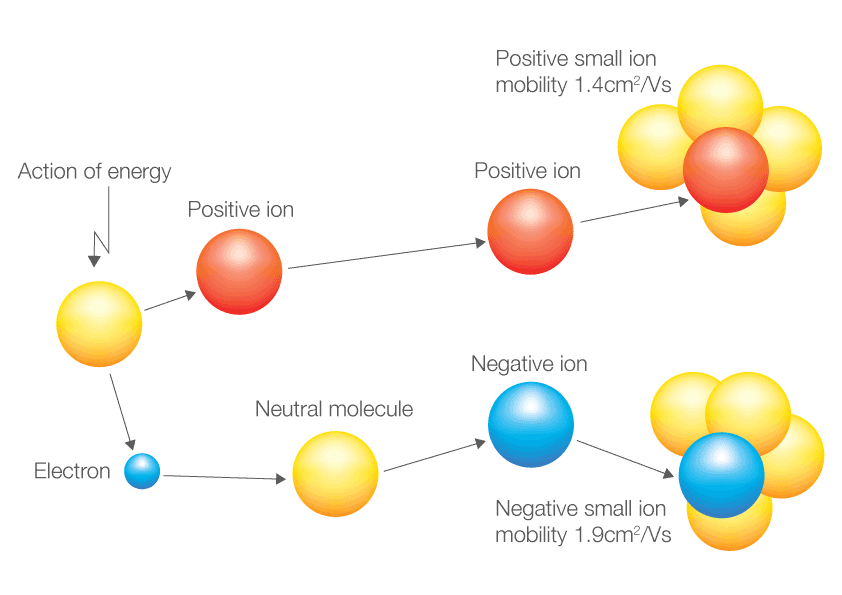


The concept of valence was developed in the last half of the 19th century and was successful in explaining the molecular structure of many organic compounds. The valence (or valency) of an element is a measure of its combining power with other atoms when it forms chemical compounds or molecules. When an electron loses energy (thereby causing a photon to be emitted), then it can move to an inner shell which is not fully occupied.
#Negative ions wiki free#
Or the electron can even break free from its associated atom's valence shell this is ionization to form a positive ion. An energy gain can trigger an electron to move (jump) to an outer shell this is known as atomic excitation. Like an electron in an inner shell, a valence electron has the ability to absorb or release energy in the form of a photon. An atom with one or two valence electrons fewer than a closed shell is also highly reactive, because of a tendency either to gain the missing valence electrons (thereby forming a negative ion), or to share valence electrons (thereby forming a covalent bond). An atom with one or two valence electrons more than a closed shell is highly reactive, because the extra valence electrons are easily removed to form a positive ion. The presence of valence electrons can determine the element's chemical properties and whether it may bond with other elements: For a main group element, a valence electron can only be in the outermost electron shell.Īn atom with a closed shell of valence electrons (corresponding to an electron configuration \(s^2p^6\)) tends to be chemically inert. \)Ī valence electron is an electron that is associated with an atom, and that can participate in the formation of a chemical bond in a single covalent bond, both atoms in the bond contribute one valence electron in order to form a shared pair.


 0 kommentar(er)
0 kommentar(er)
